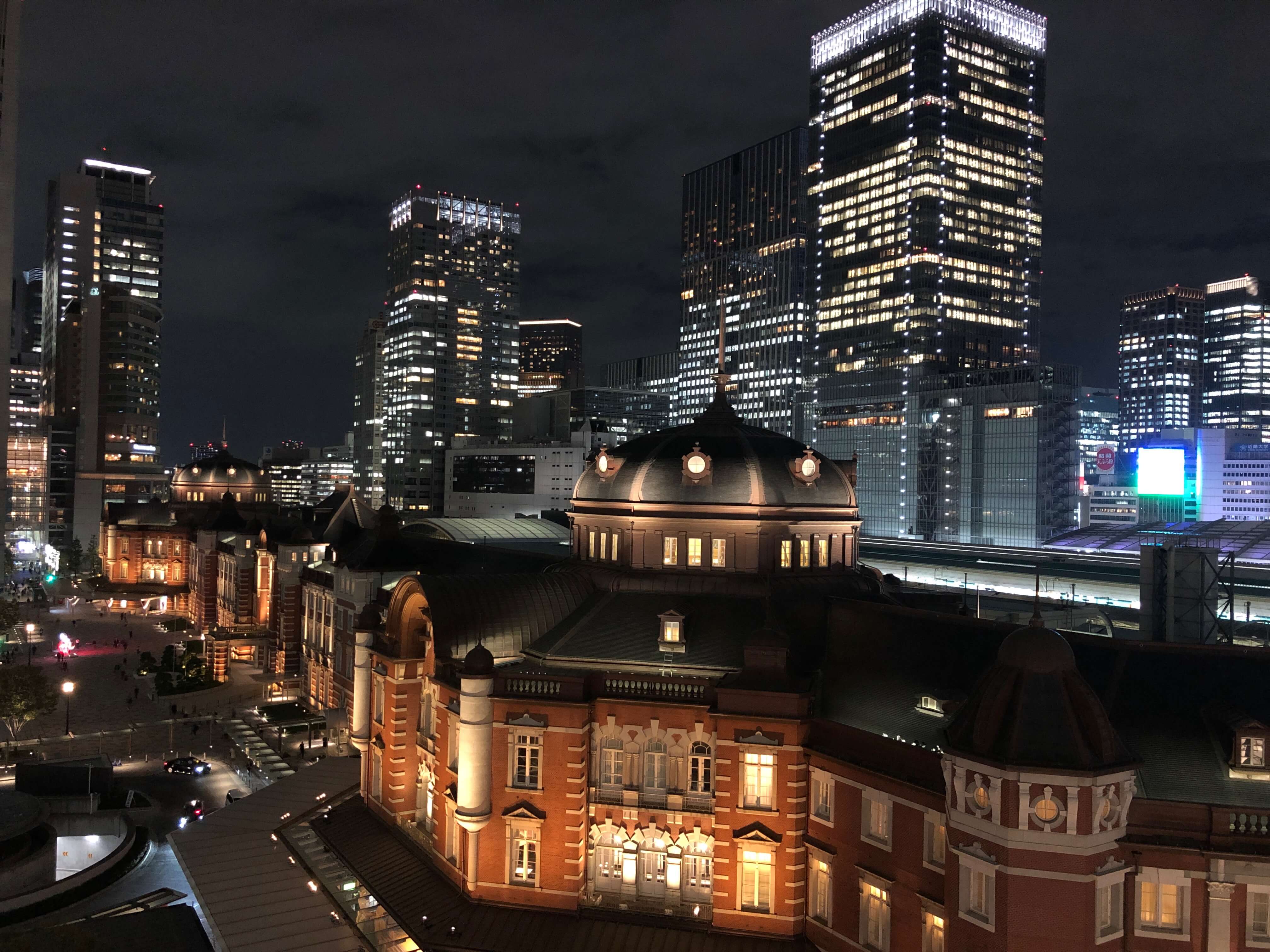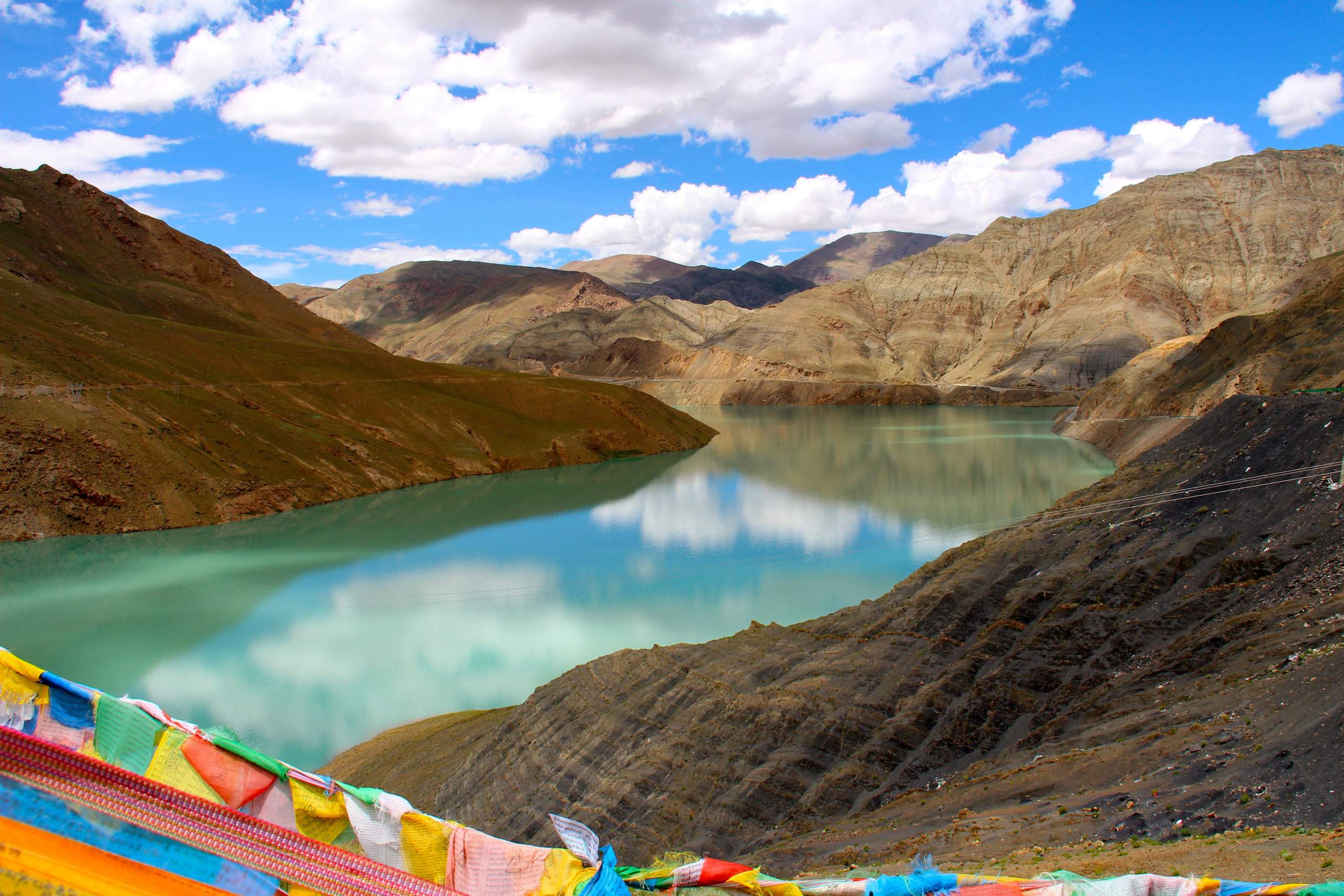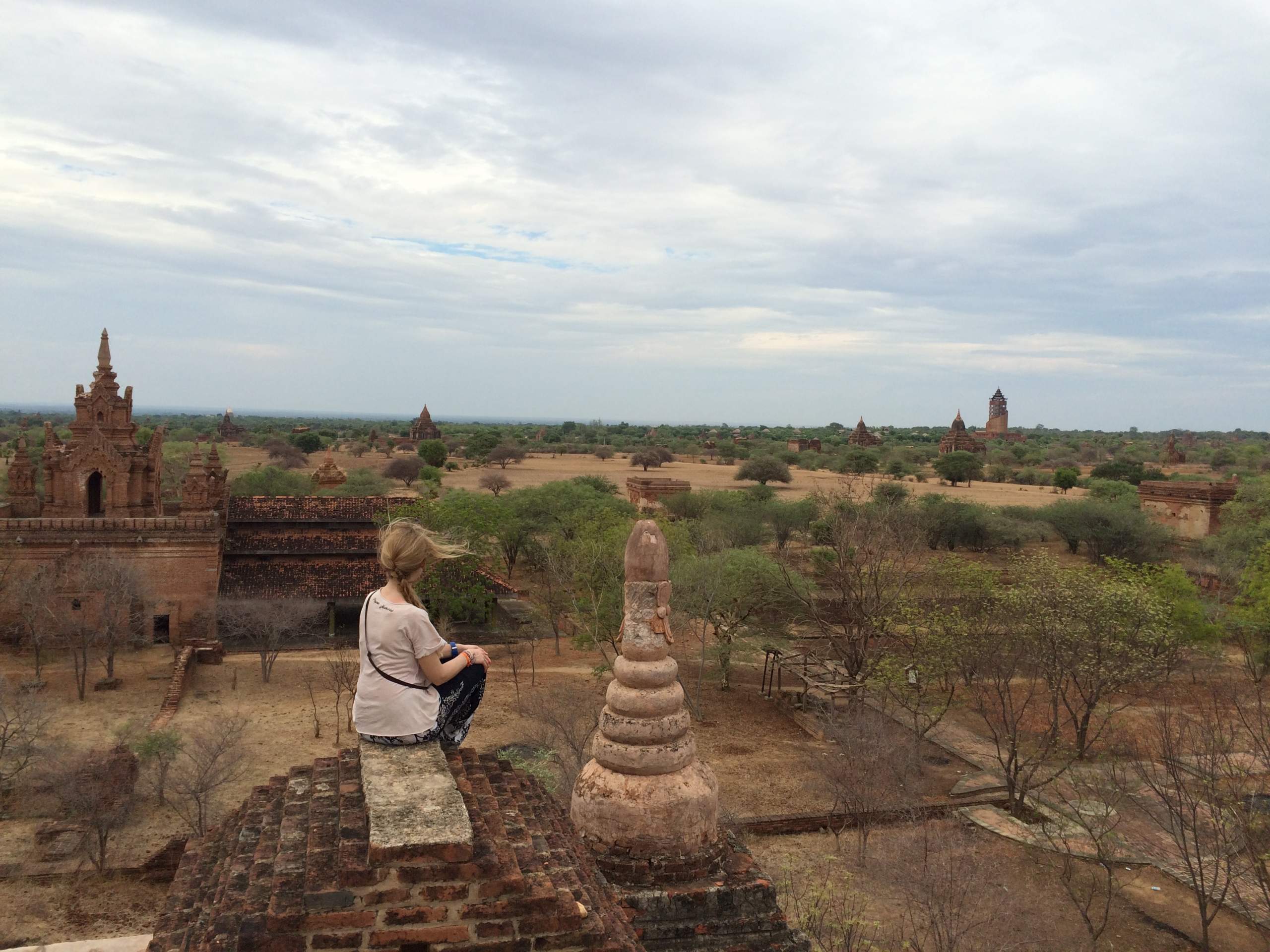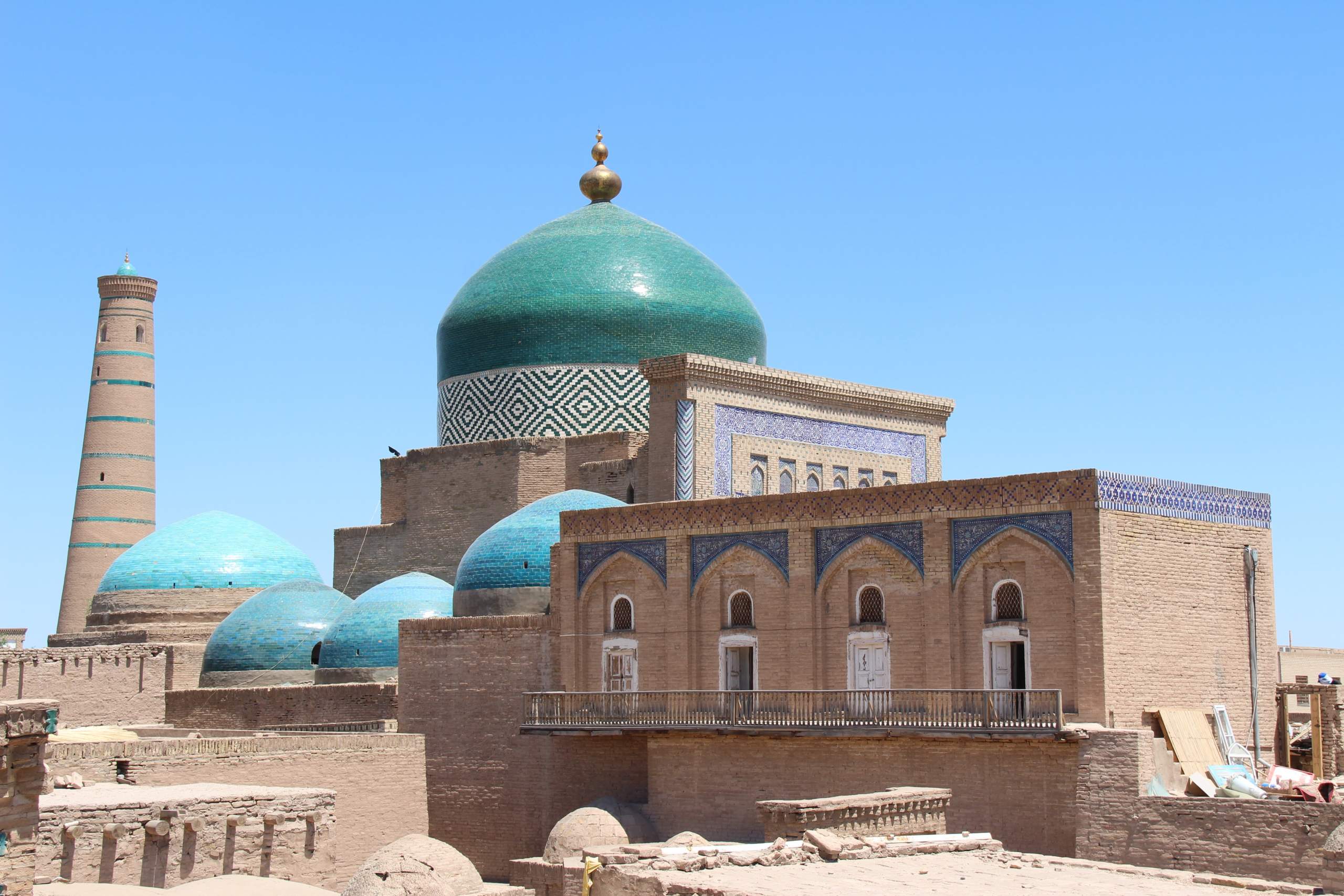
Japan: Focus on Tokyo
I just came back from a fantastic new adventure in my favorite country. I discovered new places, met new people and had great experiences. I will tell you all about this in few moments, first I would like to concentrate on Tokyo.
Somehow I always have been rushed during my stays in Tokyo. It is a magic town, so much to do and see. You feel like you need more time to shop, to eat, to discover. This time I decided I wanted to enjoy it as much as I could at my own peace.
Here you can find a quick guide which could help you in planning your visit to Tokyo.
To prepare for the journey you absolutely have to download 2 apps:
- https://www.ulmon.com: download the map of Tokyo and the map of all areas you are going to visit, you can mark the points of interest and the map works off-line
- http://www.hyperdia.com/en/: this app allows you to check all the train times and choose your route as you like
Arrival at NARITA. The fastest way is the Narita Express train. Follow the signs for the station (underground level).
Before arriving at the tracks you will find the Japan Railways office and the rental office for the portable Wi-Fi (Wi-Fi network is very powerful in Japan, it works on high-speed trains, in all shopping centers , restaurants, hotels, hotspots in larger cities).
Stop at the JR office and get the JR Pass activated. The document provided to you before your departure is a voucher which needs to be exchanged for official JR Pass once in Japan. You will be asked for the start dates, duration and your passports.
With the JR Pass you can also take the train that takes you to the Central Station.
JR Pass NOTE: The Pass gives you the right to use almost all JR lines. High speed trains (excluding Mizuho and NOZOMI SUPER Fast), all trains and local lines, buses and services. This means that you can go to the station at the time you decide freely (check with Hyperdia) and take the train showing the Pass and the tickets to the staff at the fast track to access the tracks. ATTENTION: tickets for the routes you are interested in must be requested from the competent JR offices and if you wish to reserve seats you must always do so at the JR offices. Otherwise all trains (including Shinkansen) have special coaches dedicated to travelers without seat reservation.
Shinjiku and Harajuku
What to see: Tokyo Metropolitan Government Building (from here you can see the whole city and on clear days also Mt Fuji; I recommend going early in the morning when the sky is very clear), Shinjuku-gyon park (one of the most beautiful parks in the city ), Golden Gay (for evening and night life).
What to do: Shopping (Tokyu Hands, Isetan, Muji and many other shopping centres); have a drink at Golden Gay in the evening and stop by one of the many Karaoke bars.
If you like walking, follow the directions of your Ulmon map for Meiji-Jingu (Tokyo’s most majestic Shinto Shrine). After the visit continue to Omotesanto, the most extreme shopping street. Stroll around Takeshita Street and enter the Harajuku district where you will find artists and design shops and one of the most characteristic residential areas of Tokyo. Finally you will arrive at Shibuya Crossing, the busiest and largest pedestrian crossing in the world (daily transit of 3 million passengers).
Where to eat: for lunch, join the locals and take a pick nick at the Shinjiku-gyon park. Go to Isetan shopping center. At levels minus 1 and minus 2 you will find Depachica. The Depachica are FOOD areas of all the shopping centers. The best Depachica in Tokyo are Isetan (Shinjiku), Daimaru (Tokyo Station) and Mitsokoshi (Ginza). Usually you will find an area with lots of offers from bento boxes to typical sweets and a supermarket area. I recommend buying sushi or sashimi from the supermarket in the fish zone and some other delicacies in the other department. Then go to the park and enjoy your purchases. For where to get your dinner while in Tokyo, I can provide you with my FOOD OF JAPAN GUIDE, a detailed guide comprehensive of restaurants that I explored in person.
Ginza
What to see: Ginza is the most luxurious area of Tokyo, with glittering shops and malls. Absolutely worth plunging into the heart of the city. You can have a stroll in Chuo-Dori Avenue where you will find: Uniqlo main store, Muji Main Store, Mitsukoshi, Matsuya, Itoya (immense stationery where to find special souvenirs, Ginza Six is the latest discovery of the most modern shopping centres (do not miss the view from the urban garden recreated on the top floor). The famous cosmetics house SHISEIDO, makes a show in Tokyo with a dreamy store and an adjoining art gallery (opposite Ginza Six). At the end of the street you will find the DON QUIJOTE where it’s all about souvenirs (24/24).
What to do: Shopping. Theater, I absolutely recommend you to watch at least one act of a Kabuki performance at the Kabuki-za Theater (if you’re interested I can give you directions on how it works). When you are done with your shopping, you can go to Hamarikyu Gardens. Here, you will find an oasis of peace from the hustle and bustle of city shopping and you can relax in the historic Tea house while sipping an excellent cup of Matcha.
Where to eat: It is worth visiting all Depachica. Each Depachica has a dedicated space where you can enjoy the products you buy. I advise you to have a quick lunch and then enjoy a nice dinner (ask for my FOOD OF JAPAN GUIDE).
Tsukiji and Toyosu
What to see and do: Tsukiji is where the old fish market was located before being moved to Toyosu. However, the outside of the market has remained and is one of the most visited places in Tokyo. You will find ceramic shops, teas, kitchen items and lots of fresh fish restaurants.
NOTE: the full action takes place early in the morning. If you want to avoid too many tourists, go around 7. In general around 12 they start to close.
NOTE: the most famous restaurants where to enjoy sushi breakfast are located at the new market Toyosu. I recommend taking a taxi from your hotel around 4.30 AM to go directly to Toyosu Fish Market. First of all, get your sushi breakfast done (interested in where to get the best sushi at Toyosu? Ask for my FOOD OF JAPAN GUIDE), after breakfast you can watch the famous Tuna Auction (between 6 and 7 am full action takes place). The other buildings on the market are not very interesting. I recommend taking a trip to Tsukiji to get an idea of the real fish market. In Tsukiji you can also taste many specialties including very fresh tuna sashimi, don’t miss the most famous Onigiri shop in Tokyo and a taste of Tamago (soy sauce omelette). See maps section of FOOD OF JAPAN GUIDE.
NOTE: breakfast at the fish market is a MUST for anyone visiting the fish market. If you prefer Tsukiji because Toyosu is too far away or you just don’t feel like getting up so early, I can recommend the best options.
Asakusa and Ueno:
What to See: Asakusa is the most traditional area of Tokyo. Visit the Senso-Ji time and the Nakamise Dori shopping street. Then head to the Tokyo SkyTree Tower from where you can admire fantastic city views. Then you can retrace your steps to the Azumabashi bridge and embark on a cruise on Sumida River to Hamarikyu Gardens.
Adjacent to Asakusa you will find the green lung and cultural center of Tokyo, the Ueno park. Stroll through the park while admiring magnificent views of the city and visit some of the museums. I recommend the Tokyo National Museum in particular.
The area of Asakusa is full of small restaurants and shops where you can sample various local specialties.
I recommend taking the metro to Ueno station. From here you can walk to Asakusa through the Kappabashi district, dedicated to household items where you can buy excellent Japanese pottery.
Also from Ueno Station you can directly access the park entrance and head towards the museum area (check directions with Ulmon).
Tokyo Station:
Tokyo station is the nerve center of the city. Here you will find lots of shops and restaurants and it is very fascinating to get lost in the underground area. First of all I suggest you go to one of the many Bento Box stores. When you leave for your journey by train (at any station you are), go to the station half an hour prior your departure for your Bento or your Onigiri. The preferred activity to do on the vehicles (train or bus) is to EAT! The Tokyo Station is the perfect place.
Don’t miss Ramen Street in the underground part of the station and the very famous Daimaru Shopping Center. The depachica of Daimaru is a real dream you will find many delicacies suitable for every moment of the day breakfast, lunch and dinner, depending on when your train is.
I recommend visiting the area in the evening and going to the nearby KITTE (rear exit of the station). Take the elevator and go to the top floor, there you will find a magnificent terrace from which to admire the Central Station in all its splendor.
NOTE: It is not easy to find dedicated areas for consumption of food and drinks, and eating and drinking along streets and public transport is prohibited. At KITTE on floor minus one, you will find a refreshment area for the employees of all the surrounding offices. You can buy your food or your bento at the station and go to the KITTE to consume.
Don’t miss the Tokyo International Forum just few minutes from the station. It is an imposing and majestic architectural building that is definitely worth a visit.
You can stroll through the gardens of the Imperial Palace. I do not recommend visiting the building. The official building is located in Kyoto.
SHOPPING NOT TO BE MISSED: IPPODO. The original shop is located in Kyoto in an ancient tea house. You will find here one of the most famous tea shops in Japan. You can buy and taste any kind of Japanese tea in the adjacent tea room.



